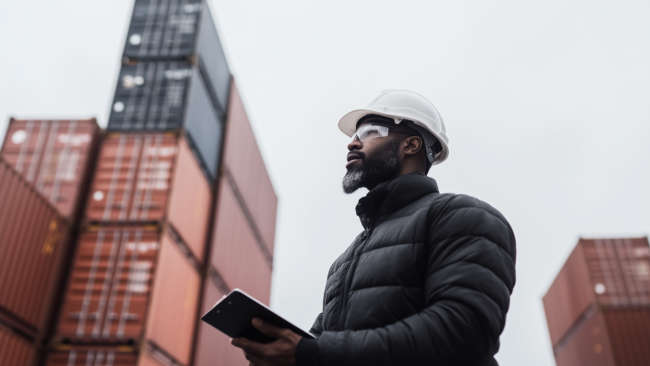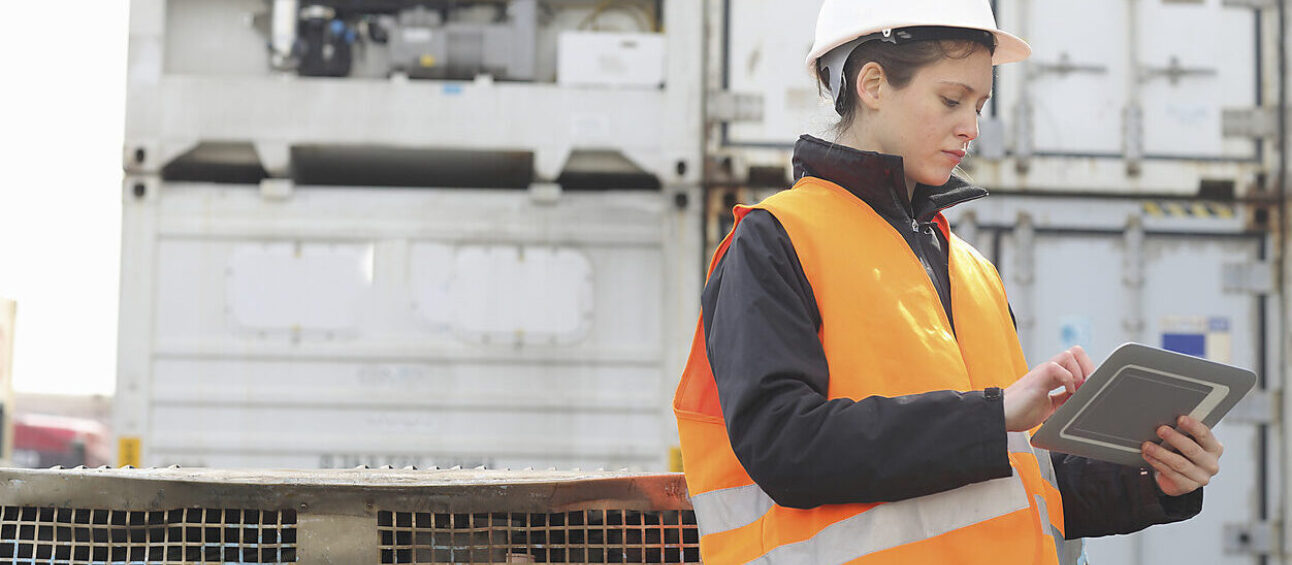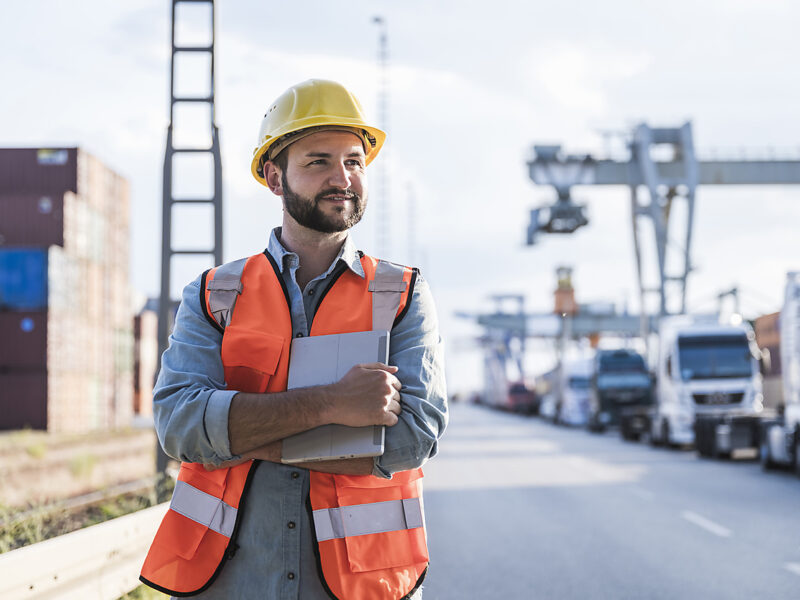Both administratively and on the work floor, a port authority uses systems that may differ significantly from those used in other sectors. The way you calculate pay as a port authority and the specific health and safety rules that apply are two obvious examples. ‘When you’re looking for balanced insurance solutions, it makes no sense to try to adapt these systems to the policy,’ says An Debaene, Broker Corporate & International at Vanbreda Risk & Benefits. ‘Being properly insured starts with a three-way conversation between a port authority, the insurer and the broker to gain a thorough and accurate understanding of the authority’s risk profile and thinking.’
An interesting example of a risk for which very specific provisions apply in ports is work accidents. Anyone who wants to really grasp how work and health and safety are organised at a port authority must understand what agreements have been made with the unions, what role a body such as CEPA plays and how remuneration works. ‘In order to end up with proper work accident insurance, you need a broker and an insurer who have insight into the way things are organised,’ says An Debaene. ‘This expertise ensures that premiums are assessed correctly, but is also necessary in order to benchmark work accident statistics correctly.’
It is important to combine this external familiarity with the workings of a port authority with internal expertise. ‘Port authorities with local decision-making power in particular may develop specific models for insuring property
and liability. At that point the internal expertise you possess becomes invaluable for a customised insurance approach. You may need knowledge about employees, machinery or contracts, for example. The greater the knowledge, the better the solutions in terms of accidents, property and liability.’
As a port authority, you are required to draw up a risk profile as prescribed by the Codex on Well-being at Work. An Debaene has observed growing professionalism and increasingly strong results. ‘We see port authorities working hard on work accident prevention in an ever tougher market, but it’s important to take a step back and move towards a general risk appraisal. What type of authority is this? What efforts are the management making? An insurer should look further than the list of actions in a health and safety plan.’
In other words, the management’s engagement and the corporate culture are also relevant factors. In a port, small adjustments to the culture can make a big difference. ‘Reducing risk in this sector often means being more accurate, more detailed and less casual – whether we’re talking about work accidents, machine breakdowns or liability claims. Many port authorities are doing well with their wide-ranging health and safety service, but steering the culture begins with the management.’
It is very helpful to connect different insurance policies within a port authority with one another, and ensure that they dovetail properly. ‘Authorities that work actively to reduce workplace accidents and promote a culture of health and safety tend to have fewer liability claims,’ points out An Debaene. ‘Focusing on health and safety has a broader impact and also affects aspects such as the authority’s vehicles and equipment. Connecting insurance policies within a port authority ensures that you can take a more effective approach to risks, damage and claims.’
In ports just like anywhere else, cyber crime has become an increasingly serious issue. Growing automation creates a context in which better protection against cyber and fraud risks is needed. ‘Unfortunately, automation creates an additional opportunity for cyber criminals,’ notes An Debaene. ‘Accidents, property and liability are at the core of insuring a port authority properly and traditionally belong to the group of insurance policies that a port authority purchases, but good cyber and fraud protection has now become equally indispensable. The digitisation of movements in the port is set to continue in the years ahead.’


